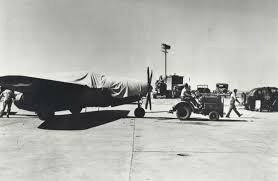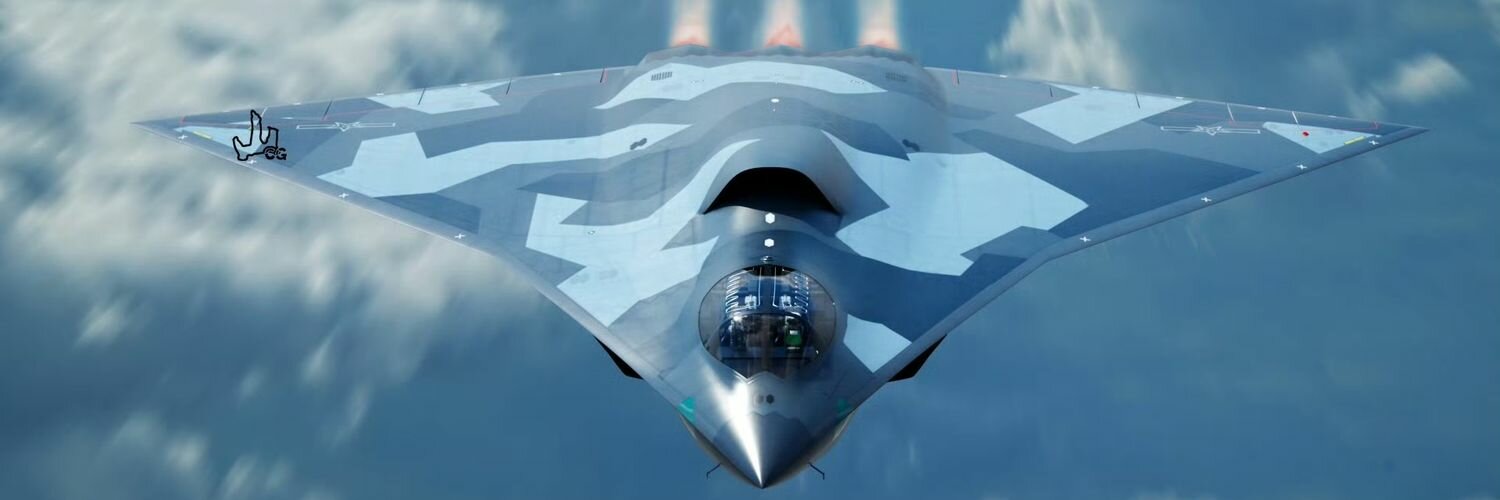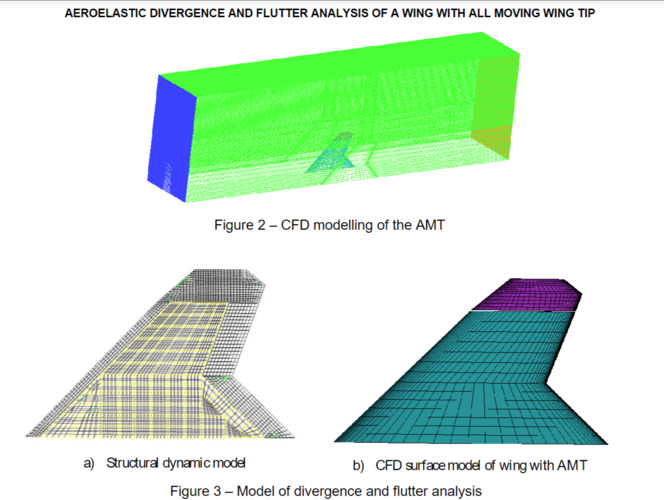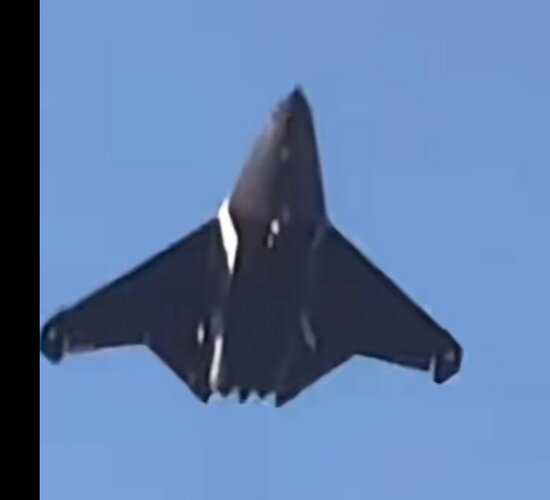Help me understand:It seems perfectly reasonable to me that “J-36” would need three engines for any decent high speed performance if J-20 already requires two. There still would likely be extra electrical power production associated with a three engines propulsion arrangement, but the main landing gear clearly indicates a very heavy MTOW and from what I understand delta wing configurations do not lend themselves to short take off runs as it is.
Simplest answer: off the shelf engines from the J-20 are being used to achieve necessary thrust because no engine that can support the requirements in a twin configuration exists. Given the protracted development of various PLAAF engine projects (Russian engines were initially used on Y-20, J-20, and H-6K and still are on the latter AFAIK), this seems perfectly reasonable. As posted above, it is unusual and comes with some maintenance complexity but makes for a simple and immediate solution for desired thrust levels.
| Airplane | Weight-GROS (kg) | Weight-MAX (kg) | Engine Type | Thrust-MIN (kN) | Thrust-MAX (kN) | Number | Thrust-TOT-MIN (kN) | Thrust-TOT-MAX (kN) | Ratio GROSS-MIN (kN/kg) | Ratio MAX-MAX (kN/kg) | Max V (km/h) |
| XB-70 | 242,536 | 245,847 | GE-YJ-93 | 89 | 120 | 6 | 534 | 720 | 0.00220 | 0.00293 | 3,310 |
| J-36 | 45,000 | 54,000 | Shenyang WS-15 | 161.86 | 180 | 2 | 323.72 | 360 | 0.00719 | 0.00667 | ?? |
| SR-71 | 68,946 | 78,018 | P&W J-58 | 111 | 151.24 | 2 | 222 | 302.48 | 0.00322 | 0.00388 | 3,540 |
I know there is more to this than pure thrust to weight ratio but why would J-36 not be able to achieve performance needed with two engines?
Mind you, I am a newbie with this and have no experience. Just crunching numbers...






